Signs of Aging
Effectively Fight Against Aging
Skin aging is a natural process. Its effects and date of appearance, however, are specific to each person depending on their lifestyle and genes inherited from their parents. It is a consequence of the perpetual wear and tear of the structure of vital tissues.
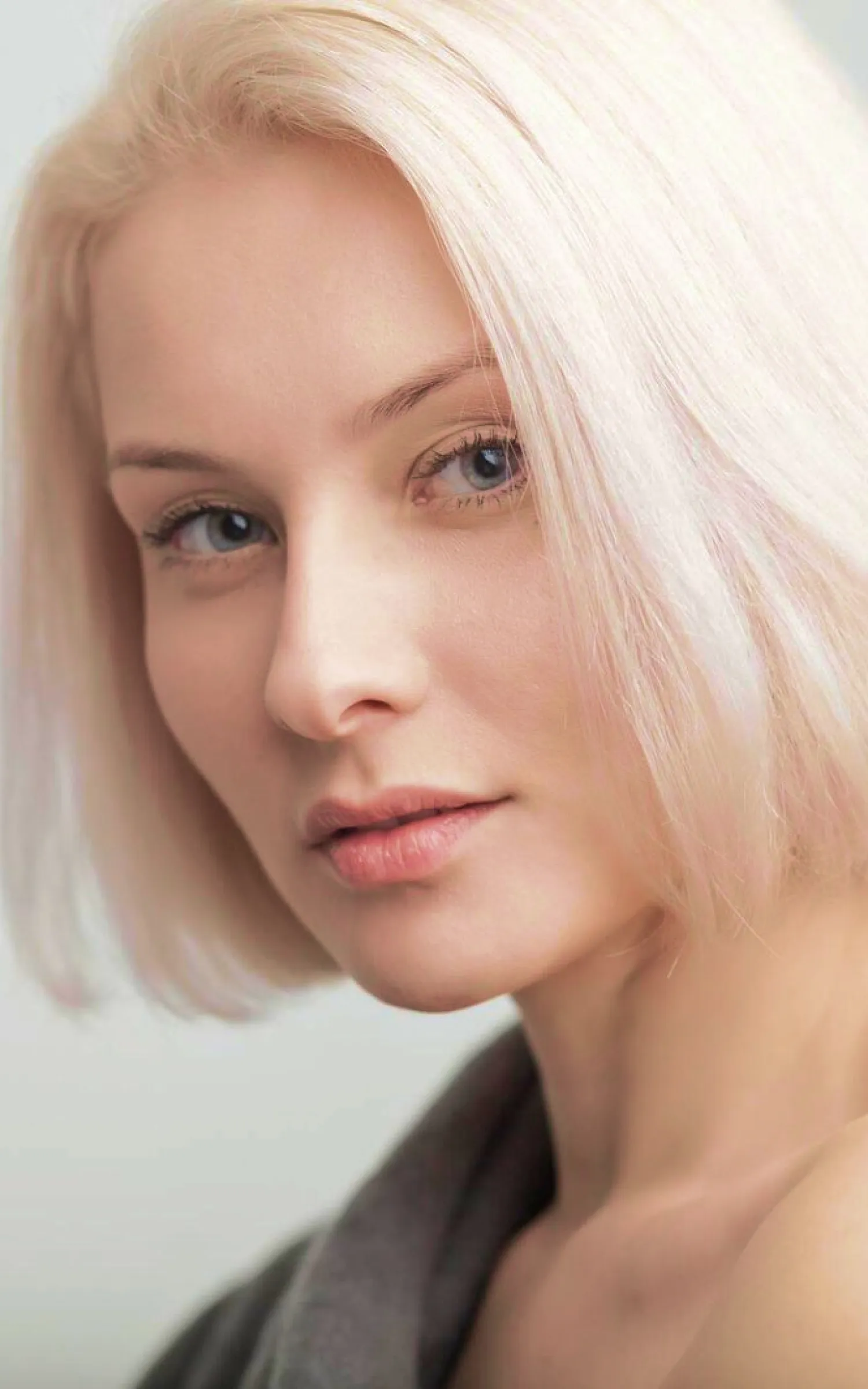
The Ages of Beauty
Not all people are the same when it comes to the phenomenon of skin aging
Each age has different aesthetic treatments. Younger people use aesthetic medicine for prevention and surgery to correct defects that are not directly linked to aging. Later, over the years, we often resort to aesthetic medicine in addition to or to delay surgery. Despite everything, from a certain age, surgery becomes essential and reveals its full effectiveness, as for facelifts for example. This vision of aesthetics always applies in a very personalized way to each and every person. My role as a surgeon is first of all to listen to you to fully understand your wishes and of course to present to you the different medical and surgical alternatives available to you depending on your expectations, your age and your body type.
Aging Insight
Indices of Skin Aging
- The skin presents a drier and rougher appearance, a consequence of changes occurring in the stratum corneum, which among other effects is less hydrated. On aged skin, the epidermis goes from 13 to 7% hydration. Deep dehydration occurs caused by a reduction in the renewal of hyaluronic acid.
- Healing of aged skin is slowed by: Flattening of the dermal papillae and the dermo-epidermal junction, Atrophy of the epidermis and dermis, leading to a reduction in skin thickness.
The skin’s ability to absorb UV rays is reduced. Melanocytes are less numerous and active, from the age of 30, of the order of -10 to -20% per decade. The risks of skin cancer increase accordingly. - Fine lines and fine wrinkles appear, the skin slackens. The number of collagen fibers as well as elastic fibers are reduced and thickened. From the age of 20, a woman will lose 1% of collagen per year on average. Type 1 collagen becomes predominant for production.
- The skin loses sensitivity, due to the reduction in the number of Meissnez and Pacin corpuscles.
- The skin’s immune responses become less effective. Mast cells and Langerhans cells see their number reduced (up to -50% in exposed areas for Langerhans).
- The skin is paler, thermal regulation is less effective. The richness of the cutaneous vascular network decreases. Capillary fragility of the vessel walls appears, mainly on the forearms and the backs of the hands.
- The sebaceous and sweat glands are fewer and less active, contributing to dry skin.
- Whitening appears in the hair, caused by the reduction in the density of hair follicles.
- The nails become more fragile and their regeneration speed decreases, they become less thick, yellow or gray in color. They also have an opaque or dull appearance with frequently longitudinal streaks.
- Adipose tissue becomes thicker in the abdomen in men and the thighs in women. Conversely, it becomes thinner for the face, backs of the hands, shins and soles of the feet.
The Insight
The MOST Common PROCEDURES Concerns
01.
The Ages of Beauty
Not all people are the same when it comes to the phenomenon of skin aging, some age more quickly than others, but the different phases of aging are observable in most individuals. These general steps are rather gradual and can more easily be broken down every 10 years.
02.
Aging of the Skin
Skin aging is a natural process that will affect every man and woman. Its effects and date of appearance, however, are specific to each person depending on their lifestyle and genes inherited from their parents. It is a consequence of the perpetual wear and tear of the structure of vital tissues.
03.
Skin Characteristics
Mainly composed of keratinocytes (cells that renew themselves every 21 days in humans), the epidermis is the superficial layer of the skin. The keratinocytes are supported by a membrane ensuring the junction with the dermis (deep layer). The renewal of the epidermis is ensured by cell proliferation and differentiation, maintaining the balance of adult tissues.
04.
How Aging Works
There are several main causes of aging: Variation in hormonal activity (mainly sex hormones); Shortening of telomeres; Oxidative stress.
Plastic Surgery
Other Causes of Aging
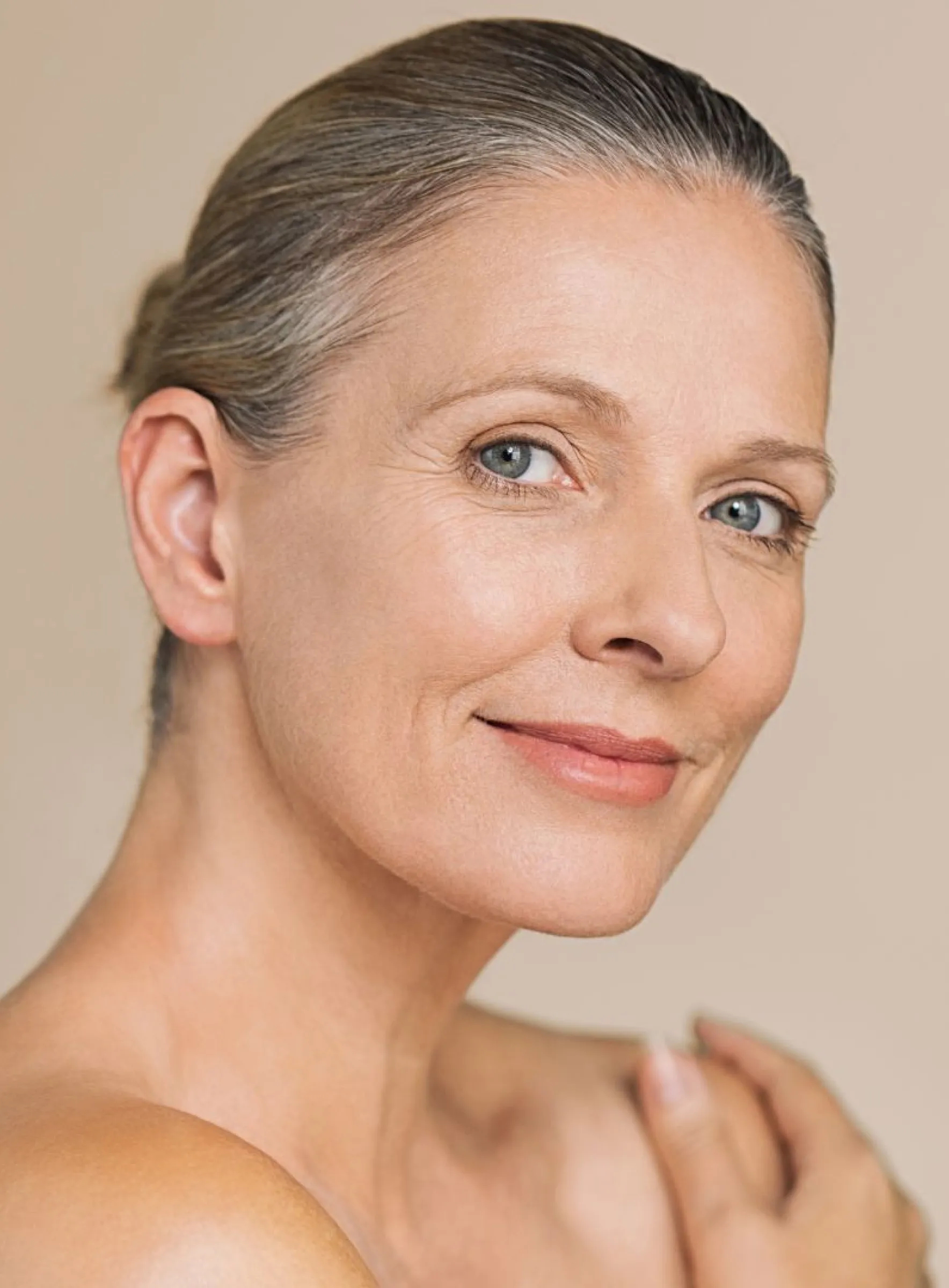

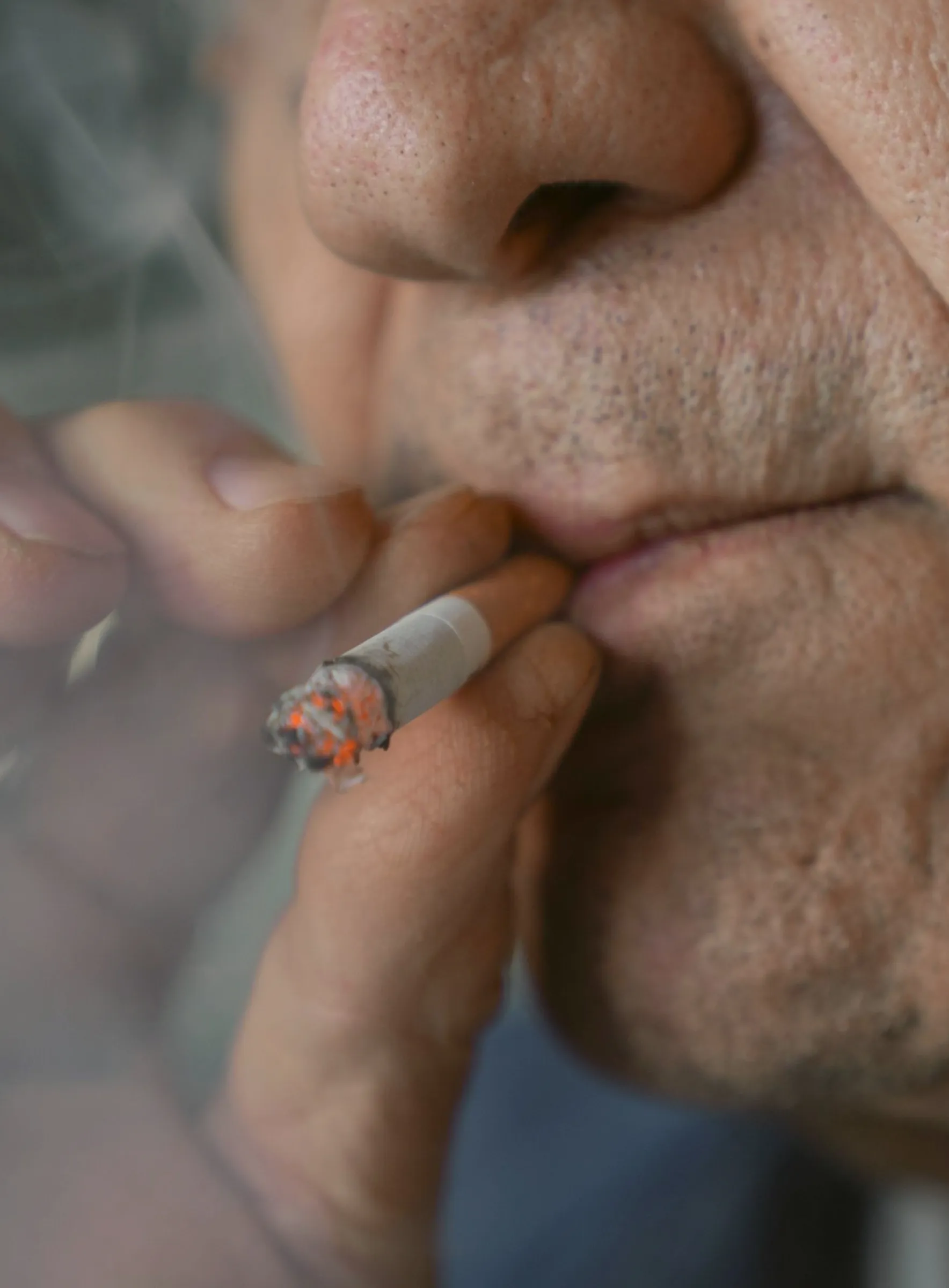
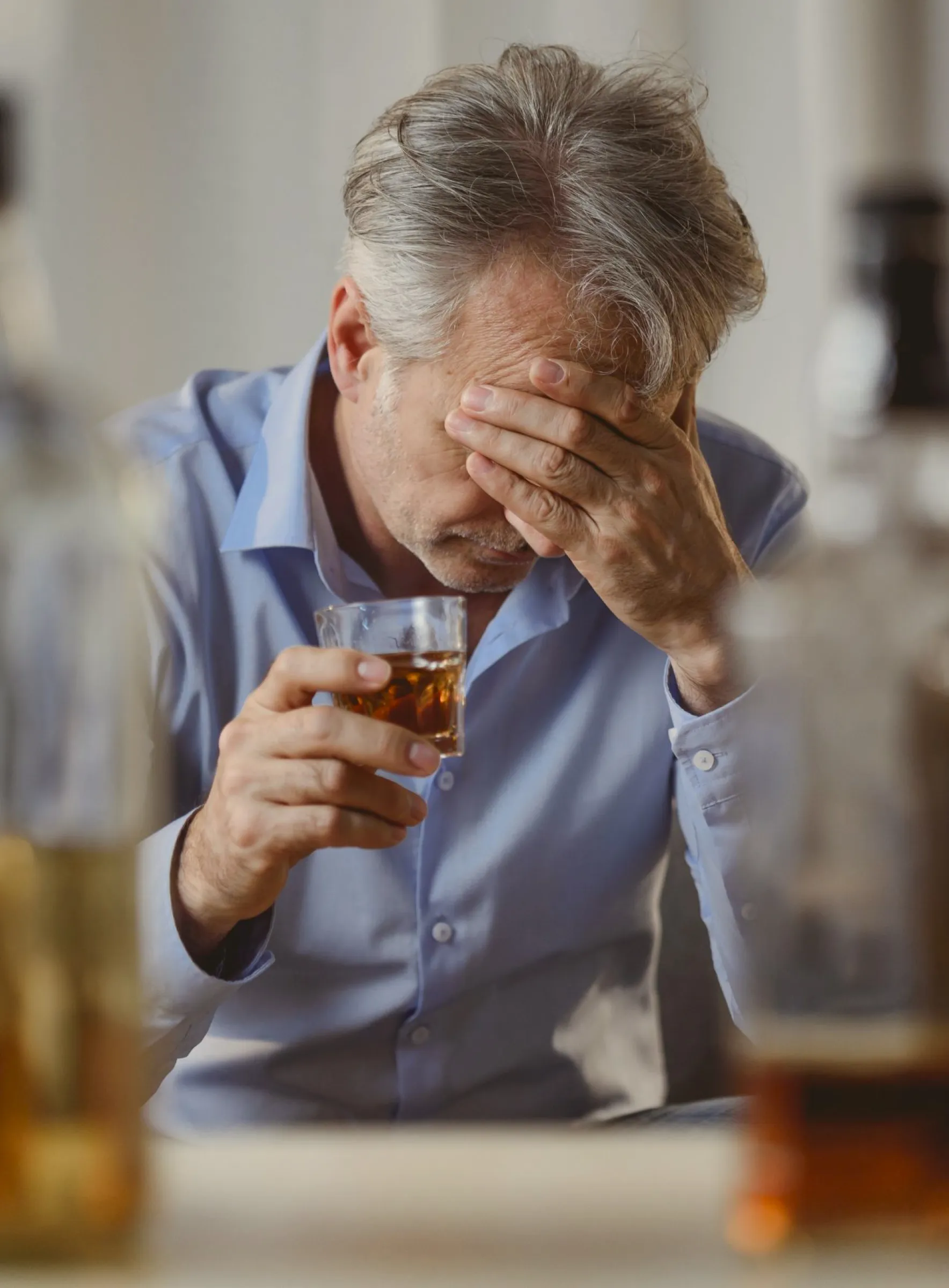
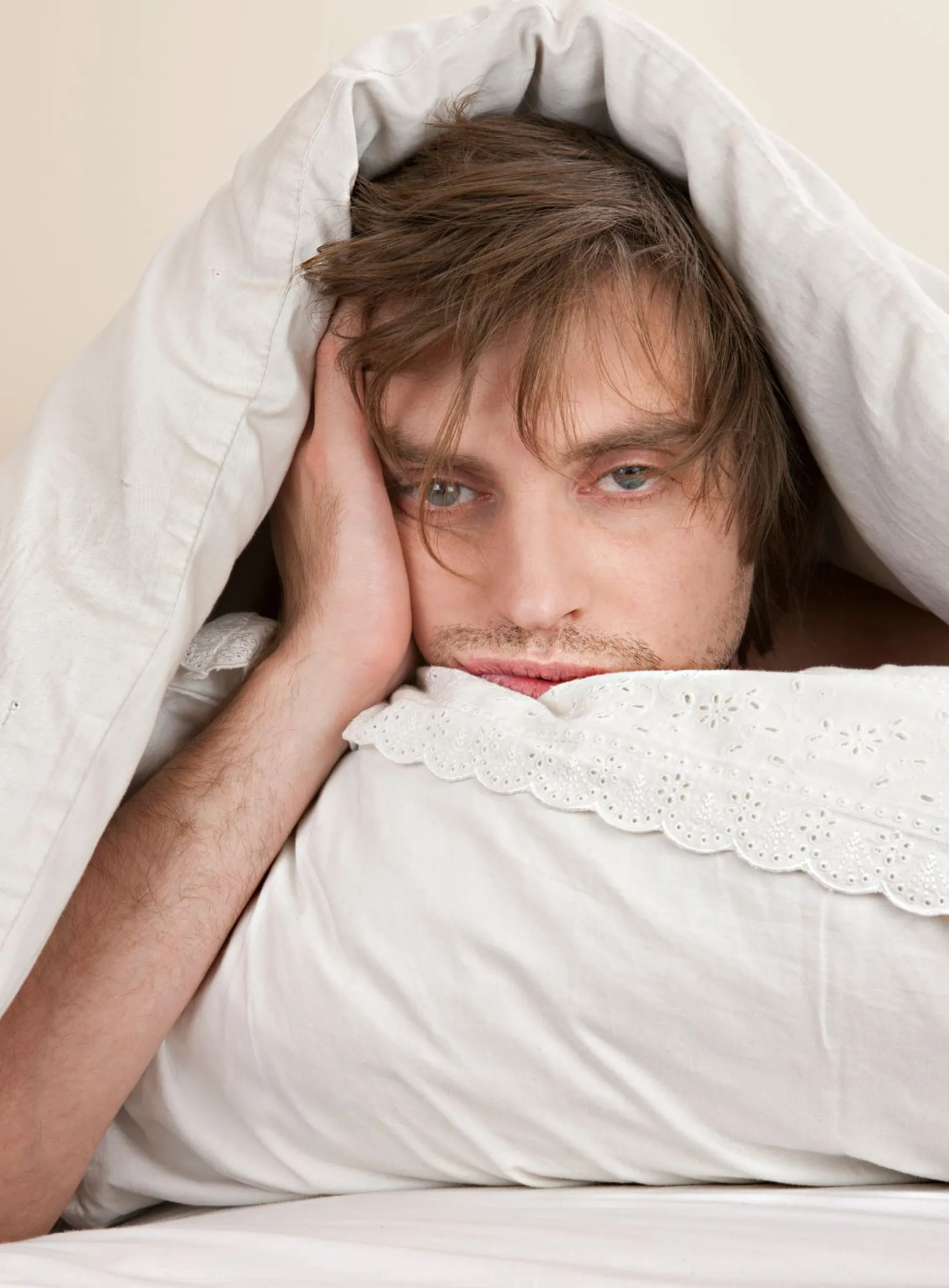
Pathologies
Certain pathologies, such as kidney failure or diabetes, suffer from a disruption of skin metabolism, accentuating the signs of aging. Ultraviolet rays and infrared rays from the sun cause actinic aging.
These cumulative durations of exposure to the sun, associated with skin pigmentation, are called photoaging. Photo-aging should not be confused with the natural aging of the skin.
Indeed, UV rays, from the sun or artificial tanning sources, modify the normal structure of the skin. The effects of aging will be felt much sooner.

Climatic Attacks
There are also climatic factors: hot, cold, wind. Cold will lead to the evaporation of water from the skin, leading to dryness. Heat, whether from an infrared or heating source, triggers a dilation of the blood vessels.
The wind will sensitize the tissues. Atmospheric pollution, whether ozone, hydrocarbons, solvents, tobacco, exhaust fumes, aggravates oxidative stress and reduces collagen.
Deficiencies in the diet of essential fatty acids and antioxidants can trigger skin aging.

Tobacco
Smoking is also a factor in premature aging of the skin, induced by the production of free oxygen radicals.

Alcohol
Deficiencies in essential fatty acids and antioxidants in the diet can trigger skin aging.

Lack Of Sleep
Every person is different, to some they will look 10 years younger, while to others they will look 10 years older.

Solutions
Treatments for Against Aging
Signs of Aging
Effectively Fight Against Aging
You are a woman ? You would like to be informed and advised for a surgical or aesthetic medicine procedure. Let yourself be guided.